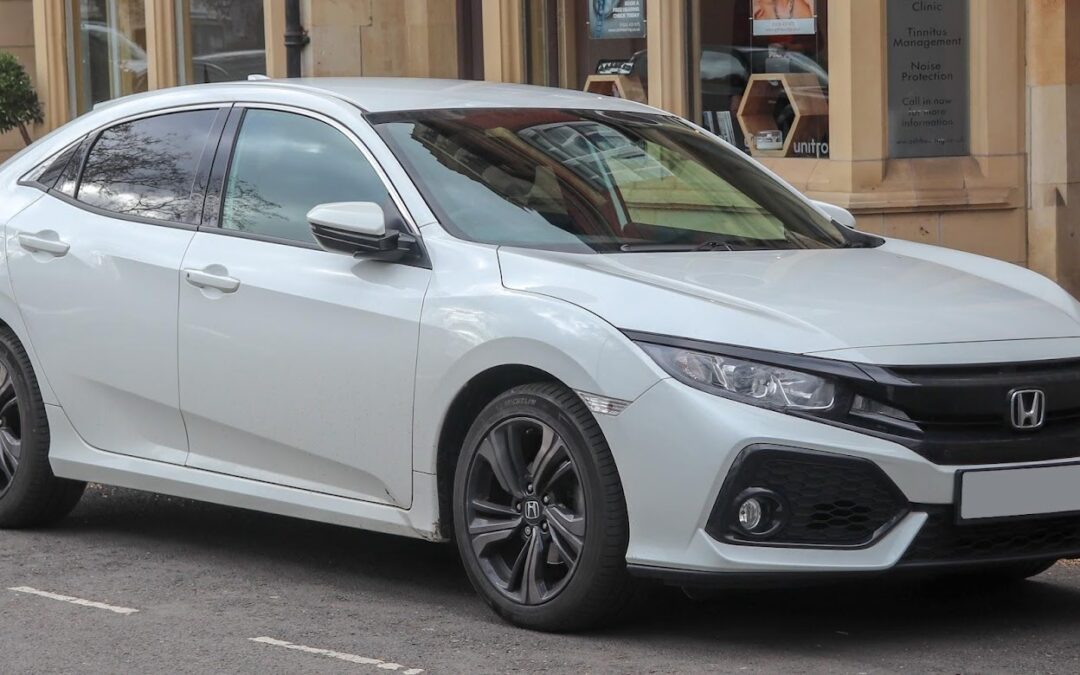Construction of Cars
| Driver Education |
The modern car is a marvel of engineering, integrating multiple systems and subsystems to deliver performance, safety, and comfort. Understanding these key components can help drivers appreciate the complexity of their vehicles and the importance of regular maintenance. Let’s delve into the critical systems that construct a car.
This blog may contain affiliate links, and if you make a purchase through these links, we may or may not earn a commission at no extra cost to you.
Construction of Cars
1. Construction of a Car’s Frame
The frame is the skeleton of the vehicle, providing structural integrity. It supports the body and other components, ensuring stability and safety.
2. Body
The body of a car is not just about aesthetics; it’s designed to be aerodynamic, reduce noise, and protect occupants during a crash.
3. Construction of a Car’s Engine
The engine is the heart of the vehicle, converting fuel into mechanical power. It’s a complex assembly of pistons, cylinders, and valves that work in harmony.
4. Steering System
The steering system allows the driver to guide the vehicle. It includes the steering wheel, column, and a series of rods and linkages that connect to the wheels.
5. Construction of a Car’s Suspension System
The suspension system absorbs shocks and maintains contact between the tires and the road. It includes springs, shock absorbers, and struts, contributing to a smooth ride.
6. Electrical System
a. Battery
The battery powers the car’s electrical components, especially critical when the engine is off.
b. Alternator
The alternator charges the battery and powers the electrical system when the engine is running.
c. Starter Motor
This component initiates the engine’s operation by cranking the engine to start.
d. Ignition System
The ignition system ignites the fuel in the engine, initiating combustion.
e. Lighting System
This includes headlights, taillights, and interior lights, vital for visibility and communication on the road.
7. Construction of a Car’s Fuel System
a. Tank
The fuel tank stores the vehicle’s fuel supply.
b. Pump
The pump delivers fuel from the tank to the engine.
c. Filter
The filter removes impurities from the fuel.
d. Carburetor/Fuel Injection
These components manage the air-fuel mixture that enters the engine.
e. Manifold
The manifold distributes the air-fuel mixture to the engine’s cylinders.
8. Cooling System
a. Radiator
The radiator dissipates heat from the engine coolant.
b. Water Pump
This circulates coolant throughout the engine.
c. Fan and Belt
These components assist in maintaining the engine at an optimal temperature.
d. Thermostat
The thermostat regulates the flow of coolant.
e. Hoses and Antifreeze
Hoses transport coolant, and antifreeze prevents it from freezing.
9. Construction of a Car’s Brake System
a. Lining and Drum/Disc
These components create the friction needed to stop the vehicle.
b. Master Cylinder and Wheel Cylinders/Calipers
These are integral to the hydraulic system that operates the brakes.
c. Brake Fluid
This hydraulic fluid transfers force into pressure to operate the brakes.
d. Parking Brake
Also known as the emergency brake, it secures the vehicle when parked.
Construction of Cars
The construction of each system and subsystem in an automobile plays a vital role in its operation and safety. Regular maintenance of these components is crucial for the longevity and reliability of the vehicle. Understanding these systems can empower drivers to make informed decisions about car care and recognize the importance of each component in their daily driving experience.
Drive with Confidence!
Keep up with all the latest driving news. Expolre our blog packed with essential tips and expert advice on all things related to DRIVING!




